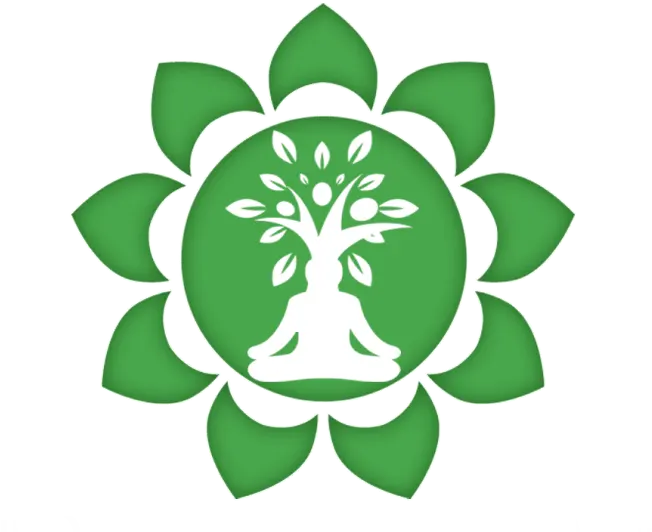Ayurveda
- Home Ayurveda

Ayurveda
Ayurveda - "science of life and longevity" is considered to be the traditional system of medicine of India. It is one of the oldest health care practises in the world. This ancient system of personalized medicine, documented and practiced in India since 1500 BC gives importance to healing the whole person, body and mind. As such, it is a holistic approach.
In legend, Ayurveda is said to have been memorized by the creator Brahma, then he taught the science to the Prajapathi Daksha., who taught it in turn to Ashwinikumars, the heavenly healers. They taught Indra. When mankind started suffering from various diseases, Bharadvaja learnt from Indra the knowledge of Ayurveda. Gradually the knowledge gained was divided into different branches.
Ayurveda has got 8 branches.
- kaya - General medicine
- Bala - pediatric medicine
- Graha
- Urdwanga - ENT
- Salya - Surgery
- Damshtra
- Jara - Geriatrics
- Vrisha - Aphrodisiac medicine
According to Ayurveda all matter is composed of five basic elements (panchamahabhuthas) which exhibit the properties of earth (prithvi), water (jala), wind(vayu), fire(Agni) and space (akasha). These exist in combined form, in which one or two elements will dominate. Ayurveda says, the human body is composed of derivatives of five basic elements, in the form of doshas, dhatus and malas.
DOSHAS
The most fundamental and characteristic principle of Ayurveda is called "tridosha". These are the physiological factors of body and are categorized in to vata, pitta, and kapha. Vata regulates movements, pitta is the cause of all metabolic processes, and kapha is the principle of cohesion & functions through body fluids.
DHATUS
These are the supporting factors of body, together with doshas they maintain the body functions and are seven in number.
MALAS
These are the three main waste products of body: urine, faeces, and sweat.
Pathology in Ayurveda
Under normal conditions, the doshas, dhathus and malas maintain their standards regarding their quantity, quality and function. But this condition is not static, due to various endogenous and exogenous factors, the doshas may become unbalanced, resulting in disease. Every disease is related to an imbalance of doshas.
Ayurveda is not just a system of Medicine for treating diseases but also a science which gives importance in increasing our well-being and happiness in all aspects. It describes a CODE FOR HEALTHY CONDUCT(swasthavritta). This consists of mainly two parts
- The daily routine (dinacharya) This part explains daily routines that we should follow, so that we can keep our bodies healthy. Eg. Physical exercise in the morning, massage, wake up time etc
- Seasonal regimen (Ritucharya) This part explains diet and lifestyle, that should be followed during each season according to dosha predominance & climate changes, so that, we can remain healthy & prevent diseases.
- Respect natural urges
Ayurveda explains about 12 urges that we should not suppress or induce. Eg. Bowel movements, urination, thirst, crying, coughing etc. We suppress many of the urges when traveling and working, but these acts are not good for our health
TREATMENT IN AYURVEDA
It of two main types.
1.Shamana chikitsa
This is to subside the doshas, which are imbalanced causing diseases, by administering various herbal preparations & external therapies.
2.sodhana chikitsa
This is to reduce the strength of doshas, which are imbalanced causing diseases, by administering various herbal preparations & external therapies.
When doshas are vitiated beyond a particular level, they get accumulated in minute channels, creating various endotoxins. In these cases, shodhana or cleansing therapy is done. Panchakarma and/or five types of main therapies are done in these cases.
PANCHAKARMA IS THE PROCESS WHICH GETS TO THE ROOT CAUSE OF THE PROBLEM AND CORRECTS THE ESSENTIAL BALANCE OF THRIDOSHA IN THE BODY. PANCHAKARMA IS NOT ONLY GOOD FOR ALLEVIATING DISEASE BUT IS ALSO A USEFUL TOOL IN MAINTAINING EXCELLENT HEALTH. AYURVEDIC PRACTISE ADVISES UNDERGOING PANCHAKARMA AT THE SEASONAL CHANGES TO CLEAN THE BODY, IMPROVE DIGESTION AND TO IMPROVE THE METABOLIC PROCESS.
Panchakarma may includes the following
- Vamana-induced vomiting
- virechana - induced purgation
- basti - medicated enema
- Nasya - nasal medicine
- Rakthamokshan - Artificial bloodletting
They have specific preparatory methods and post therapeutic measures, which should be followed before and after the cleansing.
According to Ayurveda, an individual’s basic constitution (prakrithi) determines predisposition and prognosis of disease as well as therapy and lifestyle regime. So ayurvedic care is unique to each person and offers specific recommendations to each individual on lifestyle, diet, exercise & yoga, herbal therapy and even spiritual practices to restore and maintain balance in body and mind.
